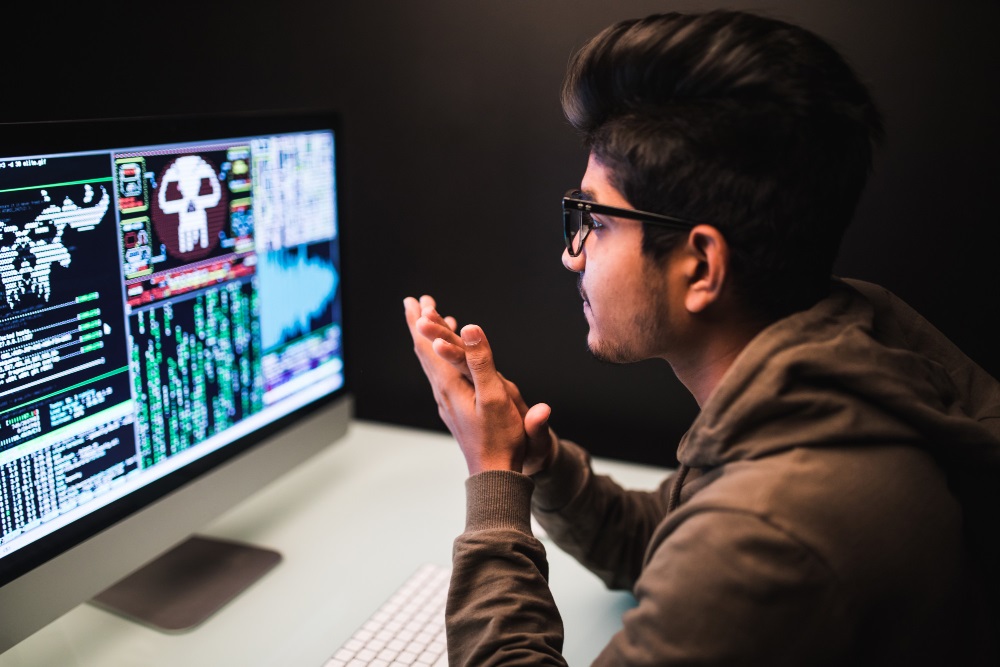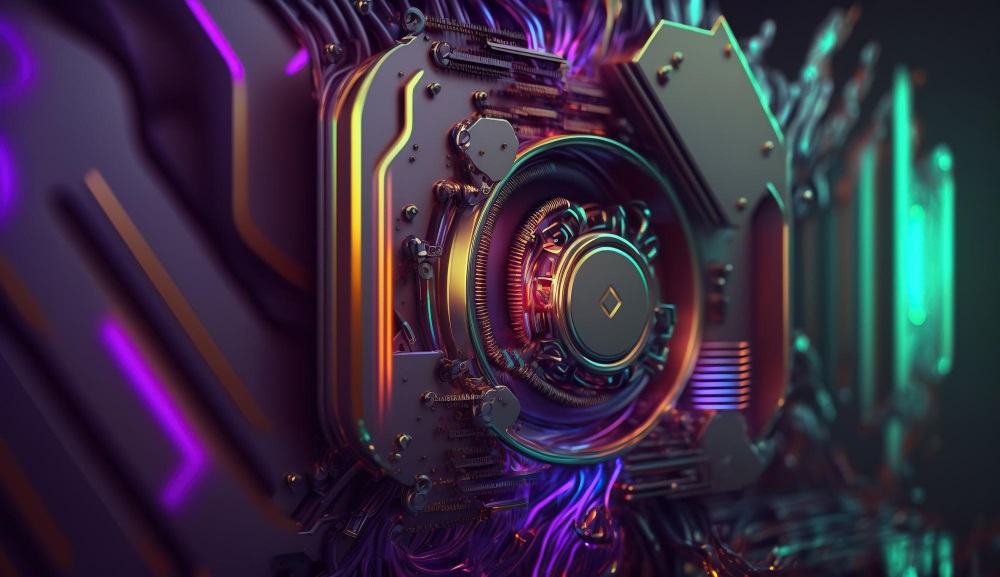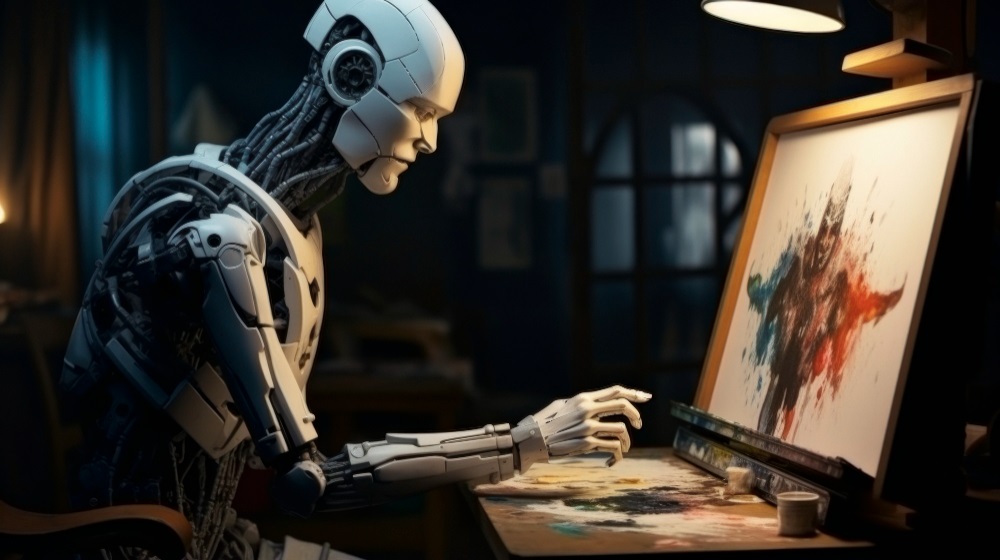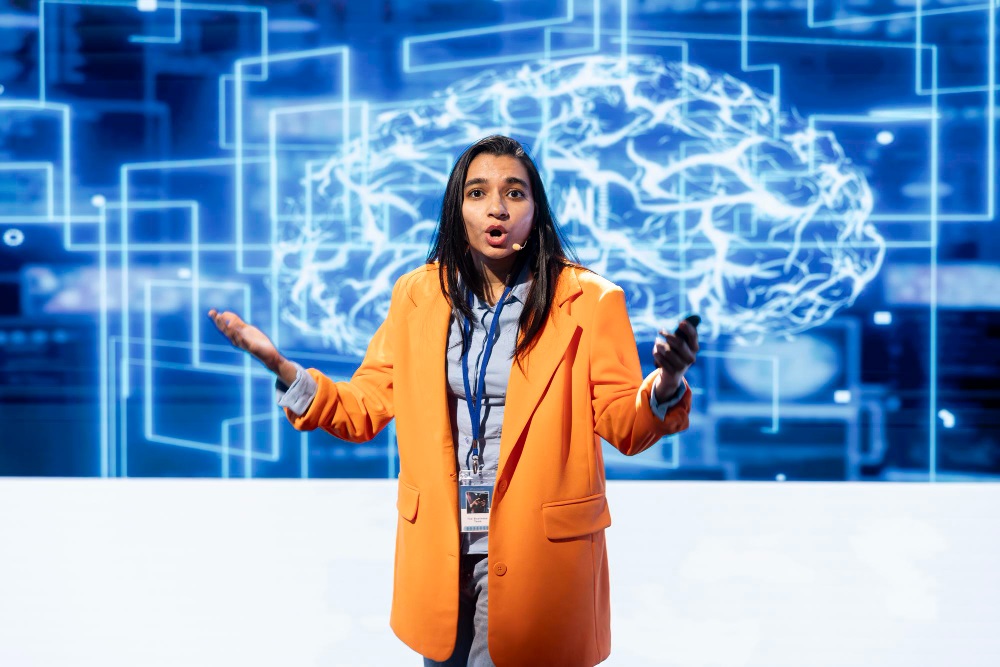"Innovation distinguishes between a leader and a follower. At Salty Media Production, we believe in pushing the boundaries of what's possible with AI and creative technology."
What Is OpenAI’s Sora?
Sora is OpenAI’s text-to-video generative model. It can take prompts (text, and optionally image or video inputs) and produce short video clips that align with the description.
It supports various video resolutions and aspect ratios.
It was initially made available to ChatGPT Plus and Pro users.
Sora’s architecture adapts techniques from diffusion and transformer models. It denoises in latent space and then decompresses to video space, operating over 3D patches (space + time).
Why Sora Matters for AI Content Creation
Rapid prototyping and ideation
You can quickly convert an idea or script into a visual mockup. This helps in pitching concepts, iterating storyboards, and previewing visual styles.
Multimodal extension
Because Sora accepts image or video inputs, you can use existing content (e.g. illustrations or short clips) and extend or animate them.
Lower barrier for video production
Video traditionally requires shooting, editing, effects, and motion graphics. Sora abstracts much of that, enabling small teams or creators to produce video content without full-scale production setups.
Personalization and variant generation
You can generate multiple stylistic versions, experiment with tone, or create customized visuals for different platforms (e.g. square, vertical, cinematic) with minimal rework.
Integrated workflows
As Sora is integrated into the OpenAI ecosystem (e.g. via ChatGPT), it can plug into workflows that mix text, image, and video. That means content creation can flow across formats more seamlessly.
Use Cases Where Sora Adds Value
Social media marketing
Generate short engaging video content tailored for Reels, TikTok, or Stories using a prompt + style instructions.
Explainer & educational content
Translate textual explanations into visual scenes: you can use diagrams or narrative text and get animated versions.
Storyboards & pitch decks
Instead of static images or slides, show stakeholders dynamic previews of how a scene or visual style might play out.
Creative advertising
Produce hero visuals or campaign teases using imaginative scenarios without full live production initially.
Content diversification
Given a blog, podcast transcript, or article, generate a video “preview” or teaser to drive cross-format engagement.
Strengths & Advantages
| Strength | Impact on content work |
|---|---|
| Speed | Faster iteration compared to film/video production |
| Flexibility | Multiple styles, remixes, re-interpretations possible |
| Cost reduction | Less reliance on shooting, sets, actors, equipment |
| Accessibility | More creators can access video production |
| Integration | Works with text/image workflows in AI suites |
Challenges, Limitations & Risks
Visual artifacts and quality issues
Generated videos may display boundary defects, texture noise, joint anomalies, or object mismatches.
Physics, causality, and coherence
Sora sometimes struggles with simulating realistic physics, temporal consistency, or cause-effect relationships.
Bias and stereotyping
Generated content may reflect biases present in training data, e.g. gender, racial, or role stereotypes.
Ethical, copyright, and likeness issues
OpenAI restricts certain prompts (celebrities, explicit content). Misuse (deepfakes) and copyright concerns are real risks.
Access, cost, and licensing
Availability is limited to paid tiers (Plus/Pro). Regions or creators outside supported locales may face access restrictions.
Best Practices for Using Sora in Content Pipelines
- Start with strong prompts: describe visuals, style, mood, timing
- Use iterations and variants: generate multiple versions and refine
- Combine with real assets: overlay generated elements with real footage, transitions, or graphics
- Use artifact detection / quality filters: screen outputs for visual glitches or inconsistency
- Respect legal & ethical boundaries: don’t request disallowed content or misuse likeness
- Monitor drift and feedback: track which styles resonate and adjust future prompts
Ready to start your next project? Get in touch with us today and let’s discuss how we can bring your vision to life.



